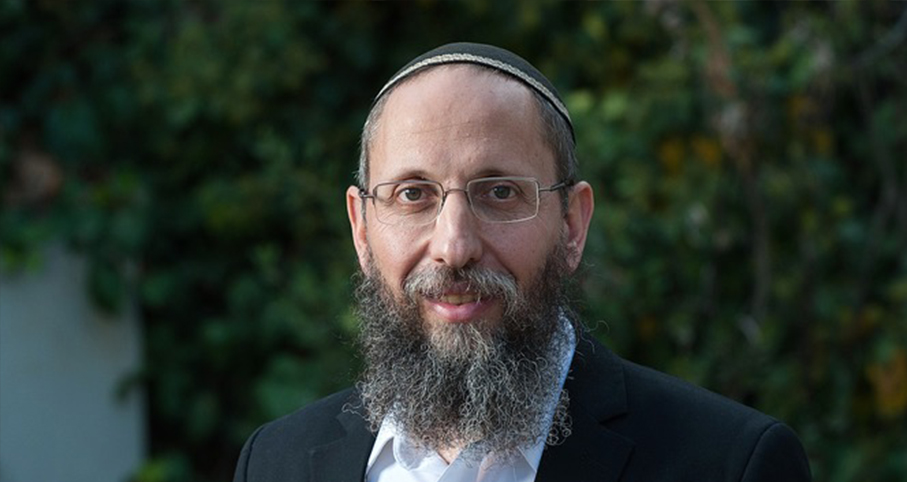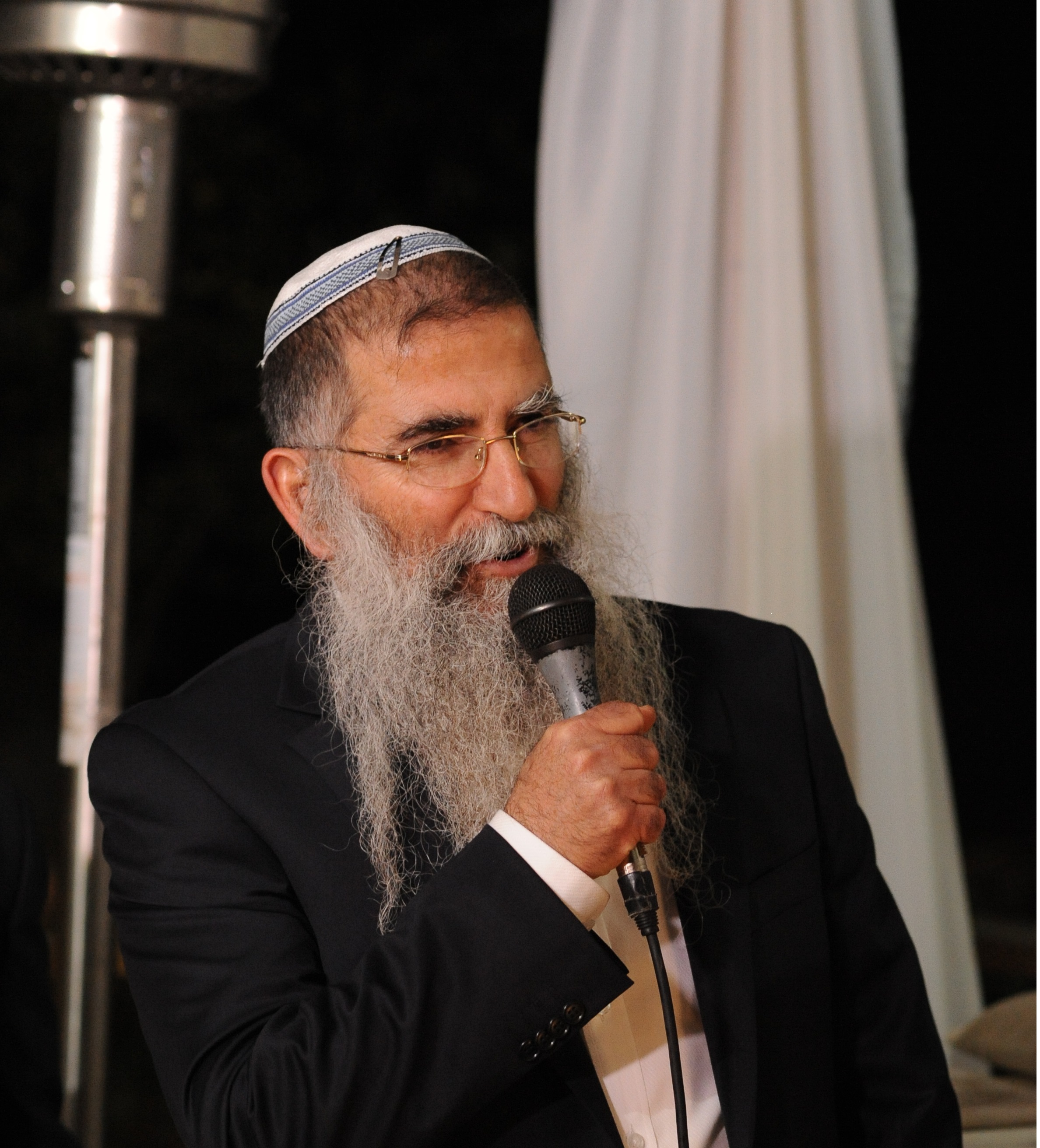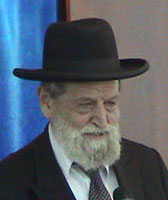Beit Midrash
- Sections
- Chemdat Yamim
- Bemare Habazak - Rabbis Questions
Answer: [We saw a machloket whether the middle is a line on or (more likely) an area of the head. We will now search for the area’s width/borders.]

Bemare Habazak - Rabbis Questions (627)
Rabbi Daniel Mann
321 - Lateral Position of Tefillin Shel Rosh
322 - Lateral Position of Tefillin Shel Rosh
323 - Interrupting the Meal to Recite Kri’at Shema
Load More
Important sources, both early (see midrash, cited by Tosafot, ad loc.) and more recent (see Bi’ur Halacha to 32:41), indicate that the standard size of tefillin is 2 etzbaot (4 cm. according to Rav Chaim Naeh). It is unclear (see Divrei Yoel ibid.) as to whether this includes the ma’avarta (through which the retzuot go); we will assume not. Thus, the area, from hairline going back is at least 8 cm. Most poskim assume that if you can put two normal size tefillin, you can also put one big tefillin up to their combined size (see Bi’ur Halacha ibid., Divrei Yoel ibid.). Therefore, we can dismiss what a fringe source claims – that the tefillin must fit in within the space in between (not including) the eyes, which is approximately 3 cm. width. According to this, some 95% of today’s tefillin (as well as Chazal’s) are unusable.
In a widely quoted teshuva, the Divrei Chayim (OC II:6) reacted with disdain to the then new idea of using a mirror to get the tefillin centered exactly. He argues that tefillin can be off-center, as there is room for two tefillin also laterally. (Some ask that if he is right, why couldn’t the gemara (ibid.) allow bringing 4 (2*2) tefillin in at a time.) The Tzitz Eliezer (XII:6) agrees with the Divrei Chayim but says that it is best to have the tefillin quite centered, and that the latter objected only to use of a mirror. In the past, men were prohibited to use a mirror, as it was a feminine activity (Shulchan Aruch, Yoreh Deah 156:2), without real need.
If the middle refers to an area and it cannot be limited to the area in between the eyes, what is it? The Magen Giborim (Shiltei Giborim 27:6) suggests that the entire top of the head is okay, as it is parallel to the placement on the arm, but this does not fit well with the language of the Rambam and Shulchan Aruch. If the Beit Yosef is correct, that the bayit is learned from the knot, Rashi by the knot seems to say that anywhere opposite the oref is fine; extending that to the front of the head, this would be most but not all of the width of the top of the head. You get a similar width by taking "between the eyes" literally, but including the width of the eyes. Measuring from the center of one eye to the other gives 6.4 cm. for the average person (# courtesy of my optometrist), which works out reasonably if the 4 etzbaot (see above) includes the ma’avarta, which does not exist on the sides.
Perhaps "between your eyes" is not literal but teaches the general area, in the middle of the head. From there one is to follow normal guidelines – the Torah was not given to angels and does not want us to be OCD. For the average tefillin, that requires them to be approximately centered (no mirror required, just as people don’t use for the knot). If we take the permitted area from front-back and turn it into a square, we also aim for the center but have reasonable leeway with normal-sized tefillin. The same is true if any part of the tefillin’s width needs to be over the exact middle. All these possibilities are consistent with the mainstream approach, including the Tzitz Eliezer (above). Middle – apparently; precise – NO.
In summary only fringe opinions make exactness/mirror necessary for centering tefillin shel rosh. But given that opinions exist and centering is probably laudable, using a mirror is not something to criticize (it is not less important than centering a tie). One who is very careful about centering and lax on how low the tefillin go is misguided.

Ask the Rabbi: Using Replacement Mezuzot When They Are Being Checked?
Rabbi Daniel Mann | Av 5785

Ask the Rabbi: Shehecheyanu on a New Shofar for Rosh
Rabbi Daniel Mann | Elul 5785

Ask the Rabbi: Erev Pesach That Falls on Shabbat
Rabbi Daniel Mann | Nisan 5785

Ask the Rabbi: Mincha after Sunset
Rabbi Daniel Mann | Cheshvan 5786

Rabbi Daniel Mann

Encouraging a Child to Criticize His Parent
5774

Making Sure your Check Is Cashed
Kislev 5783

Washing Hands with Soap on Yom Kippur
Tishrei 4 5776























